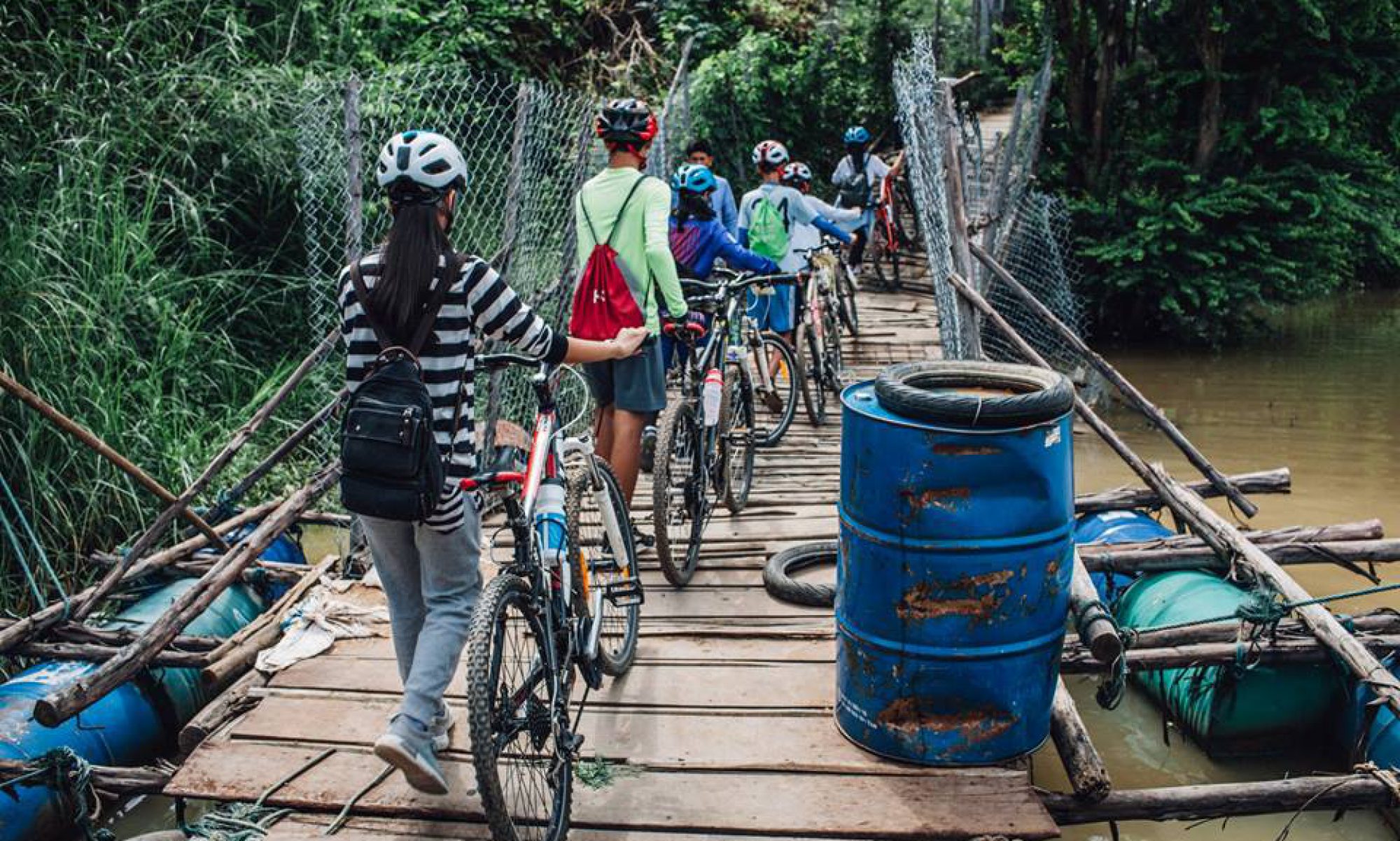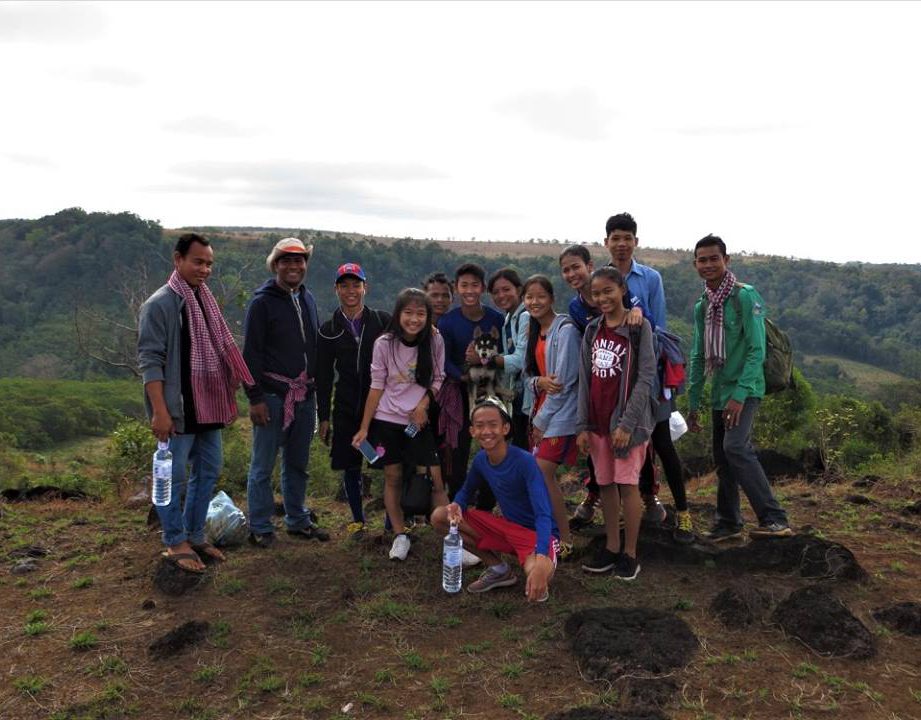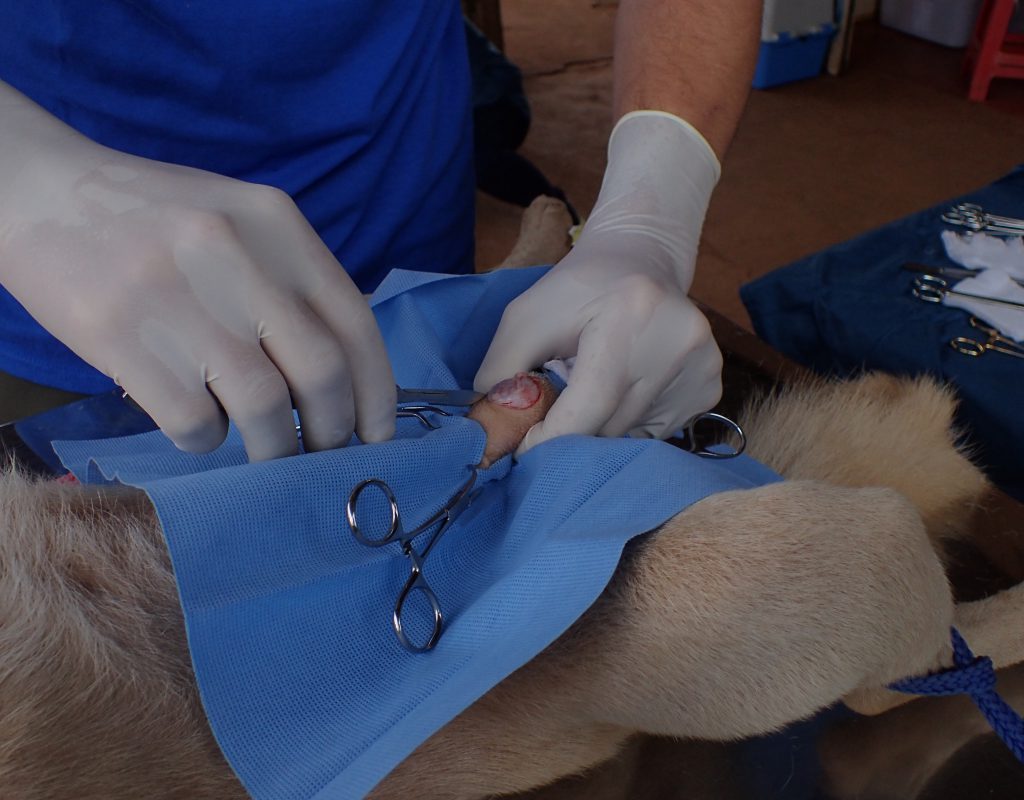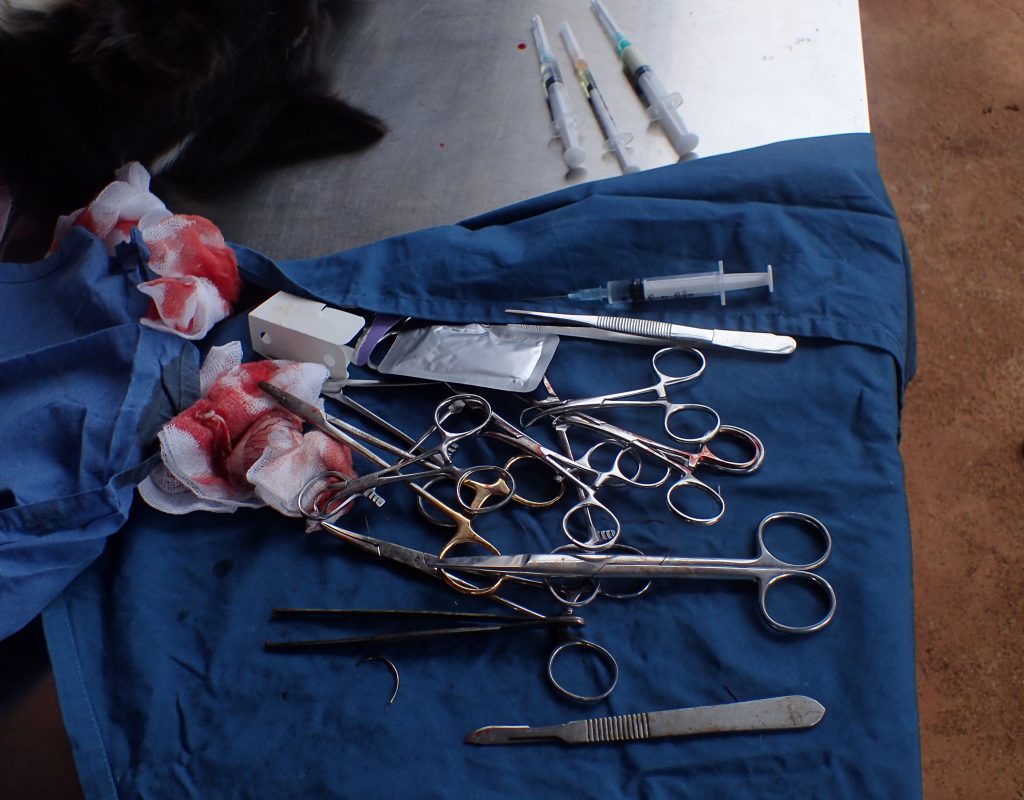Public Health is my 3rd exploration of this year. As I mentioned earlier in the last post, our team were mainly focusing on rabies and as well as other zoonotic diseases (a disease that human can get from animals). At the very start of our exploration we were focused on one report which talking about salmonella disease and how does it spread. There are so many ways of spreading the disease such as through transportation, flights, and direct contacts.
Later on in class, we had our main focus which was about “Rabies in Cambodia”. Rabies is one the most dangerous diseases in Cambodia but the majority of our population does not know about it. Moreover, there are about 800 people died every year from rabies which is more than dengue fever and malaria combined. Moreover, as Pasteur Institute had tested the dog’s heads, 50% of those dogs contain rabies virus.
There are so many ways to decrease rabies in our country, one of those were vaccinating the dogs. On 7th of February, our team had worked with Animal Rescue Cambodia (ARC) to held a vaccination event in two pagodas in our communities. Before the event happens, our team had to talk to the head monks of both pagodas and the village chiefs for the permission. Luckily, we were accepted to make this event happen. A few days before the event started, we have to bike around the communities and hand out the flyers that contain the information about the events to the villagers.

In the morning until noon, we were doing the vaccination in Chompuk Kaek Pagoda and it was very successful because we got over a hundred of dogs and cats vaccinated. While in the afternoon, we were not really successful doing the vaccination in another pagoda called, “Koh Krobey Pagoda.” So, we decided to go to the houses and get the dogs and cats vaccinated. During the vaccination, we have to take the pictures of the dogs with their microchip code. Microchip basically is a number that determines whether the dogs and cats had the vaccination yet or not. By the end of the day, there were 167 dogs and cats got to vaccinate.
To me, this is one of biggest achievements of this year where I got to do this simple thing for my communities. Moreover, we do not actually know whether those pets contain the virus or not. However, if the pets have the virus and bite humans we can actually save their life from getting this aggressive virus. Lastly, although there are a few difficulties during the mission and exploration classes, I’m really proud of myself as well as my classmates for doing these memorable memories and helping our communities together.




